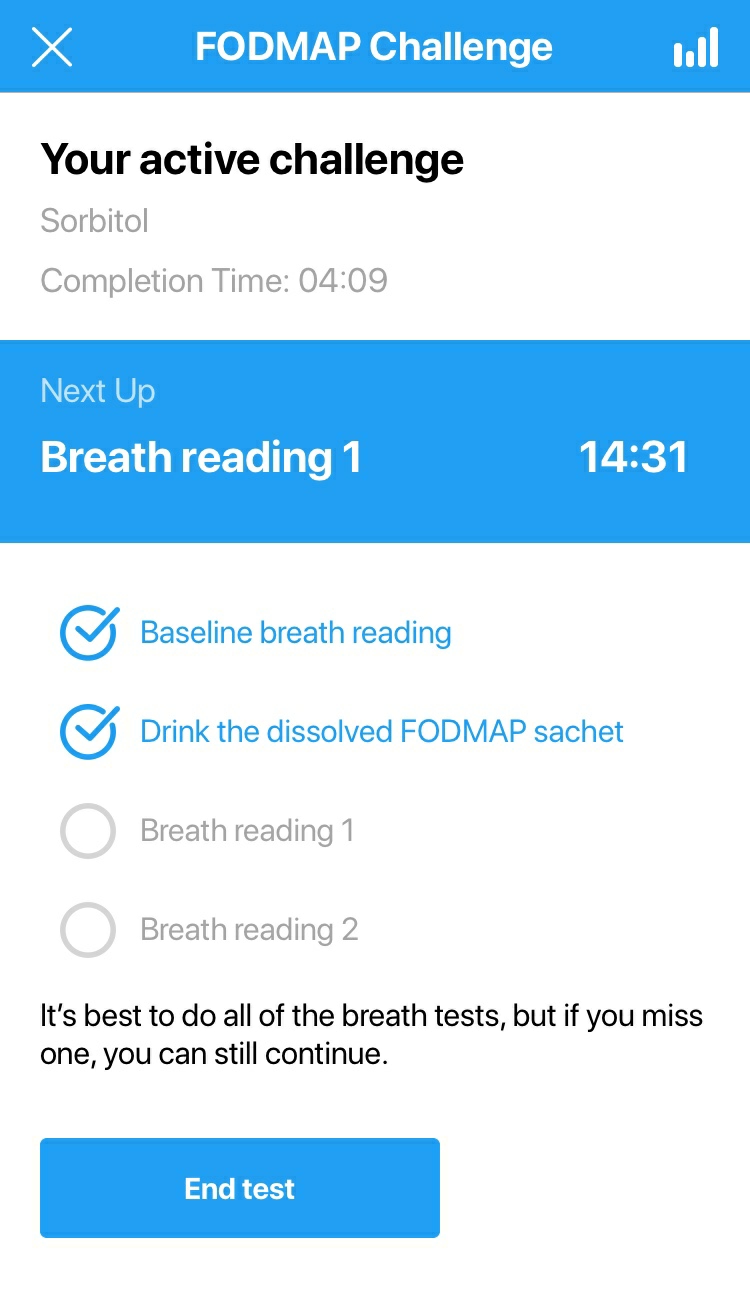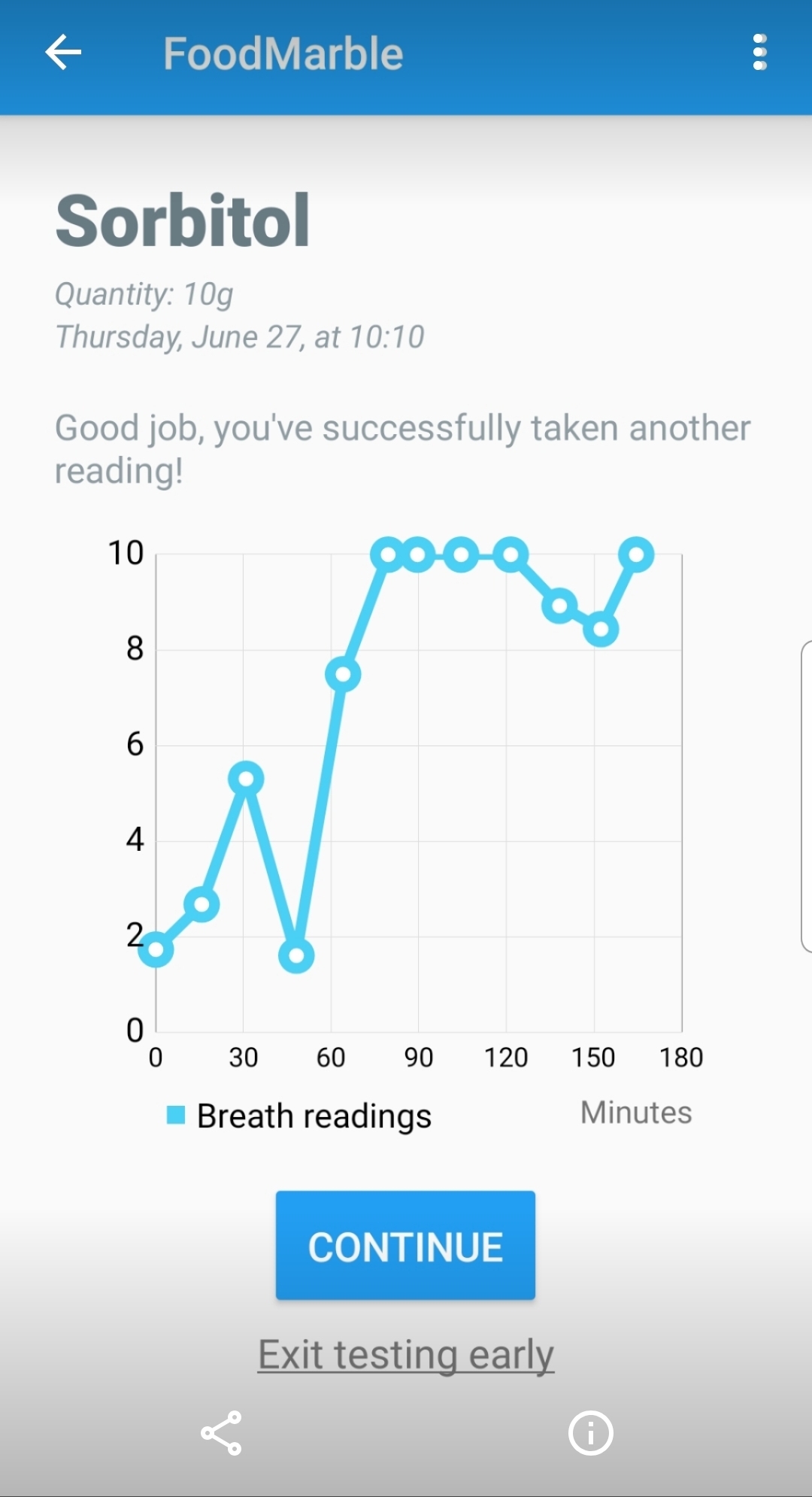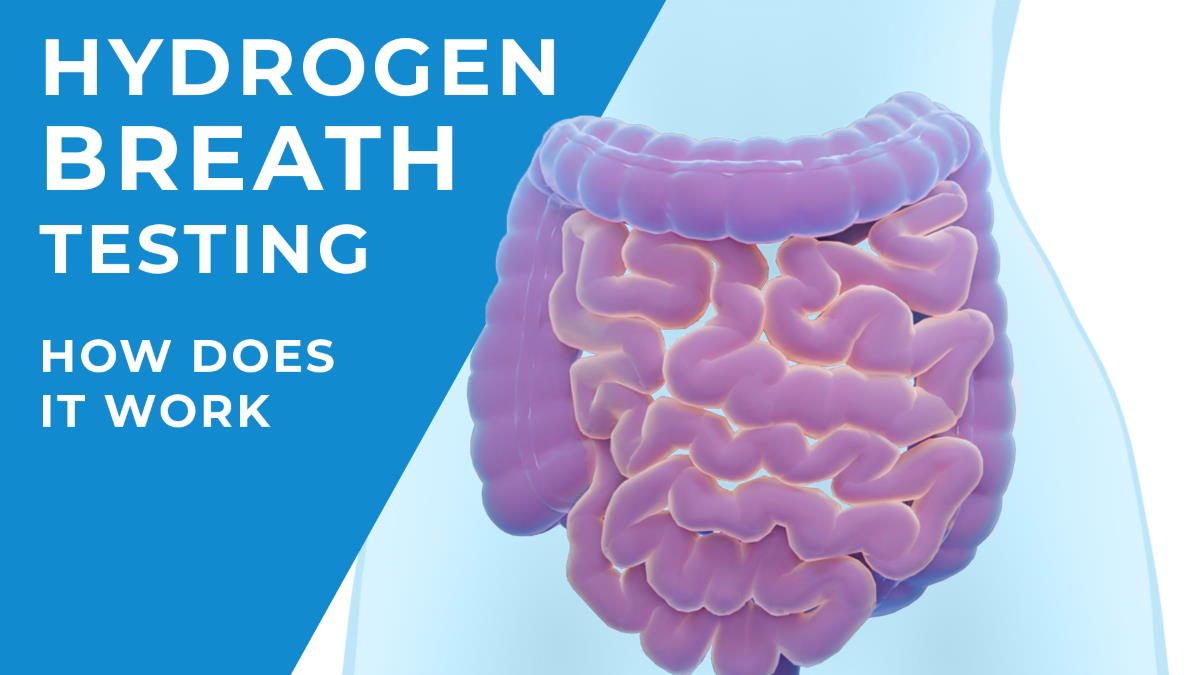Hello and welcome to the second instalment of The Digest, a dedicated space for you, our FoodMarble community, to get to the bottom of commonly asked questions across our social media platforms.
In our previous edition, we encouraged our readers to get in touch with ANY feedback, questions (big or small), regarding FoodMarble AIRE, and boy have you delivered!
We have had an influx of really beneficial app and product suggestions, but also many interesting questions from those who want to learn more about their unique digestive system. This is music to our ears and makes it all the more worthwhile, so thank you!
We strive to do our best in responding to each and every query, so please, fire away!
Without further ado, let’s begin.
“When should I expect to see a rise in fermentation levels?” is a question we are commonly asked.
So firstly, what is fermentation?
Hard-to-digest food components called FODMAPs are absorbed from the food we eat within our small intestine. For some individuals, these FODMAPs are poorly absorbed, and instead continue through the digestive tract and enter the large intestine.
Fermentation is the breakdown of these FODMAPs within the large intestine by over a thousand different species of bacteria. This fermentation can result in the production of gas, primarily hydrogen, but can also draw water into the gut. This can cause symptoms such as bloating, abdominal pain and diarrhea.
These gases created by fermentation then seep into the bloodstream. Eventually, when blood reaches the lungs, these gases are expelled from the body via our breath.
To learn more about the workings of your digestive system, and how hydrogen breath testing helps to deduce bacterial fermentation in the gut, take a read through this informative blog by Dr. James Brief, our in-house gastroenterologist at FoodMarble.
FODMAPs . . .huh?
So let’s keep this simple, and focus on four of the most common FODMAPs: lactose, inulin, fructose and sorbitol.
| Lactose | Inulin | |
| What is it? | The sugar that is in milk products. Some people do not have enough of the enzyme lactase to digest it fully. | A natural soluble dietary fibre that is poorly absorbed by everyone.
|
| Where is it found? | Milk and dairy products but also many processed foods such as pancakes, cookie mixes and baked goods. | Wide variety of fruits, vegetables and grains including wheat, onions, garlic, ripe bananas, leeks, artichokes, and asparagus. |
| When can I expect to see a rise in fermentation? | The average time taken to reach a peak fermentation score during a lactose challenge is 112 minutes.*
*Based on FoodMarble AIRE users carrying out FODMAP Challenges |
The average time taken to reach a peak fermentation score during an inulin challenge is 148 minutes.*
*Based on FoodMarble AIRE users carrying out FODMAP Challenges |
| Fructose | Sorbitol | |
| What is it? | Fructose is a fruit sugar that is hard to absorb in large quantities. | Common sweetener, but also occurs naturally in many fruits. |
| Where is it found? | Fruits, fruit juices, certain vegetables, and honey.
|
Fruits such as pears and apples, but also dried fruits and candy and artificially sweetened foods/ drinks (e.g. diet soda) |
| When can I expect to see a rise in fermentation? | The average time taken to reach a peak fermentation score during a fructose challenge is 77 minutes.*
*Based on FoodMarble AIRE users carrying out FODMAP Challenges |
The average time taken to reach a peak fermentation score during a sorbitol challenge is 130 minutes.*
*Based on FoodMarble AIRE users carrying out FODMAP Challenges |
“So how can I test this?”
It’s useful to know which foods are causing uncomfortable levels of fermentation, because you may not react to all FODMAPs.
The FODMAP program, which is available as an add-on to AIRE, allows users to measure their response to specific food components like lactose, fructose, sorbitol and inulin.
The AIRE app also allows you to do a ‘Custom Food Challenge’ with a particular food or drink that you would like to test with. You can use the information from them, along with the app’s Food Search feature, to see which foods you may not digest well.

Click here to learn more about what is involved in preparing for a FODMAP challenge and how these tests can help you discover more about your digestion.
“What are the potential symptoms?”
At this stage it is important to highlight that fermentation is not a bad thing. It only becomes an issue if the fermentation by bacteria produces excess gas and other gastrointestinal symptoms that cause discomfort.
This study, completed by 16 healthy subjects (13 male, 3 female; aged 24±5 years), investigated whether ingestion of fructose and fructans (such as inulin) can exacerbate irritable bowel syndrome (IBS) symptoms. They used magnetic resonance imaging (MRI) of the gut.
It found that ingesting fructose alone significantly increased the small bowel water content, peaking at 75 minutes after ingesting fructose, and returning to baseline by t=195 minutes.
Ingesting inulin brought about the greatest production of colonic gas, 255 minutes after ingesting the sugar.
“What if I don’t see a rise in fermentation levels?”
Some people may not experience a significant rise in breath hydrogen concentration levels at all. There is an even greater importance to record any symptoms, such as bloating, abdominal pain or diarrhea, which you may experience during or after the FODMAP/custom challenge.
Below are some potential reasons why you may not be experiencing a rise in fermentation levels:
- You may simply have no issue absorbing the particular sugar;
- The quantity of the food component consumed is an important factor (g, ml etc.), as the tolerance varies greatly for each individual. Try experimenting by slowly increasing the quantities of the food component in question, using the custom challenge feature within the AIRE app to find your tolerance level;
- The amount of time it takes for foods to pass from your mouth to the large intestine, where your gut bacteria live and where the fermentation will occur, varies quite a bit from person to person;
- There are some individuals who have bacteria that produce hydrogen but instead this hydrogen is converted into other gases such as methane and hydrogen sulphide, or a combination. These gases are not currently measured by AIRE.
If you have any further questions or feedback on any of the information above, don’t be afraid to reach out. If you want to see a question answered on the next edition of The Digest please get in contact!
We are always here to help, and ever willing to learn from our digestive loving, FoodMarble customers. You can send us an email to hello@foodmarble.com or reach us through the Contact section on the app. And don’t forget to follow us on our social media to get the latest!
FoodMarble AIRE is the world’s first personal hydrogen breath tester. It is a pocket-sized breath analysis device. It helps people with chronic digestive issues determine the foods that work best with their digestive system. To learn more about FoodMarble, visit foodmarble.com







